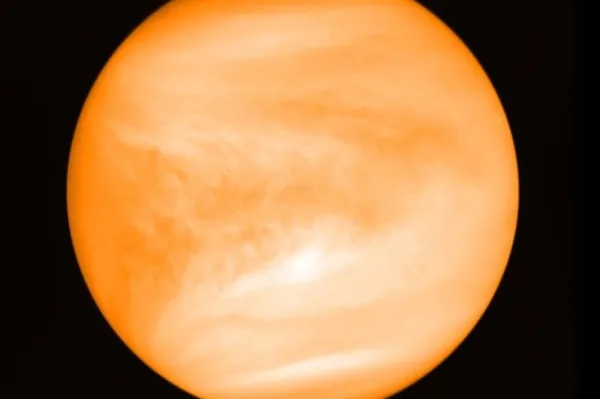
Unveiling the Secrets of Ancient Galaxies: A Local Astronomer’s Quest
2025-04-22
Author: Noah
In the age of groundbreaking discoveries, where the James Webb Space Telescope captures images of objects from the universe's infancy, a researcher from the University of Victoria is focusing on a far more local phenomenon: some of the oldest galaxies are just down the cosmic street.
Meet Simon Smith, a PhD student at UVic and an upcoming guest speaker for the Nanaimo Astronomy Society. He specializes in uncovering tiny and faint galaxies, studying how their star behavior hints at the vast presence of dark matter lurking in the cosmos.
The Importance of Ultra-Faint Dwarf Galaxies
These ultra-faint dwarf galaxies, consisting of only a few hundred to a few thousand stars, may not shine brightly, but they are crucial to our understanding of the universe. Smith explains that these diminutive galaxies are often enveloped by massive clouds of dark matter, which is believed to make up around 80% of the universe's total mass.
"These tiny dwarf galaxies began forming at the start of the universe but have remained nearly unchanged since then," Smith notes.
Why Are They Stuck in Time?
While the Milky Way galaxy has continued to grow by gravitationally accumulating more mass and stars throughout its existence, these ultra-faint dwarf galaxies haven't experienced such evolution. Smith states, "They lack the gravitational power to draw in new gas, which means new stars can't form, leaving them stuck in time."
It remains a mystery why these tiny star clusters haven’t expanded for billions of years, yet they provide a unique opportunity to study dark matter.
Dark Matter: The Invisible Architect of the Universe
According to Smith, galaxies like the Milky Way, estimated to contain around 100 billion stars, exist within vast clouds of dark matter. Interestingly, these clouds become denser closer to a galaxy's core.
"Instead of dark matter pulling stars away, it acts almost like insulation, stabilizing the galaxy’s core and keeping these stars contained," he explains.
The Quest to Discover New Galaxies
During his presentation, Smith will reveal his methods for discovering new ultra-faint dwarf galaxies and assessing the dark matter surrounding them. One example he's excited to discuss is Ursa Major III/Unions 1, currently known as the faintest galaxy discovered, located about 30,000 light years from Earth. To put this in perspective, the diameter of the Milky Way measures about 105,700 light years.
Galaxies as Fossils of the Early Universe
Smith describes these ultra-dwarf galaxies as "fossils" of the cosmos. He points out that although they are observed today floating around the Milky Way, they have shown little change over the last 10-12 billion years. "They are like cosmic time capsules, revealing the early universe’s characteristics and composition," he adds.
Catch Simon Smith’s fascinating presentation in person at the Nanaimo Astronomy Society’s meeting at Beban Park Social Centre on Thursday, April 24, at 7 p.m. Don't miss your chance to learn about these celestial mysteries!









 Brasil (PT)
Brasil (PT)
 Canada (EN)
Canada (EN)
 Chile (ES)
Chile (ES)
 Česko (CS)
Česko (CS)
 대한민국 (KO)
대한민국 (KO)
 España (ES)
España (ES)
 France (FR)
France (FR)
 Hong Kong (EN)
Hong Kong (EN)
 Italia (IT)
Italia (IT)
 日本 (JA)
日本 (JA)
 Magyarország (HU)
Magyarország (HU)
 Norge (NO)
Norge (NO)
 Polska (PL)
Polska (PL)
 Schweiz (DE)
Schweiz (DE)
 Singapore (EN)
Singapore (EN)
 Sverige (SV)
Sverige (SV)
 Suomi (FI)
Suomi (FI)
 Türkiye (TR)
Türkiye (TR)
 الإمارات العربية المتحدة (AR)
الإمارات العربية المتحدة (AR)